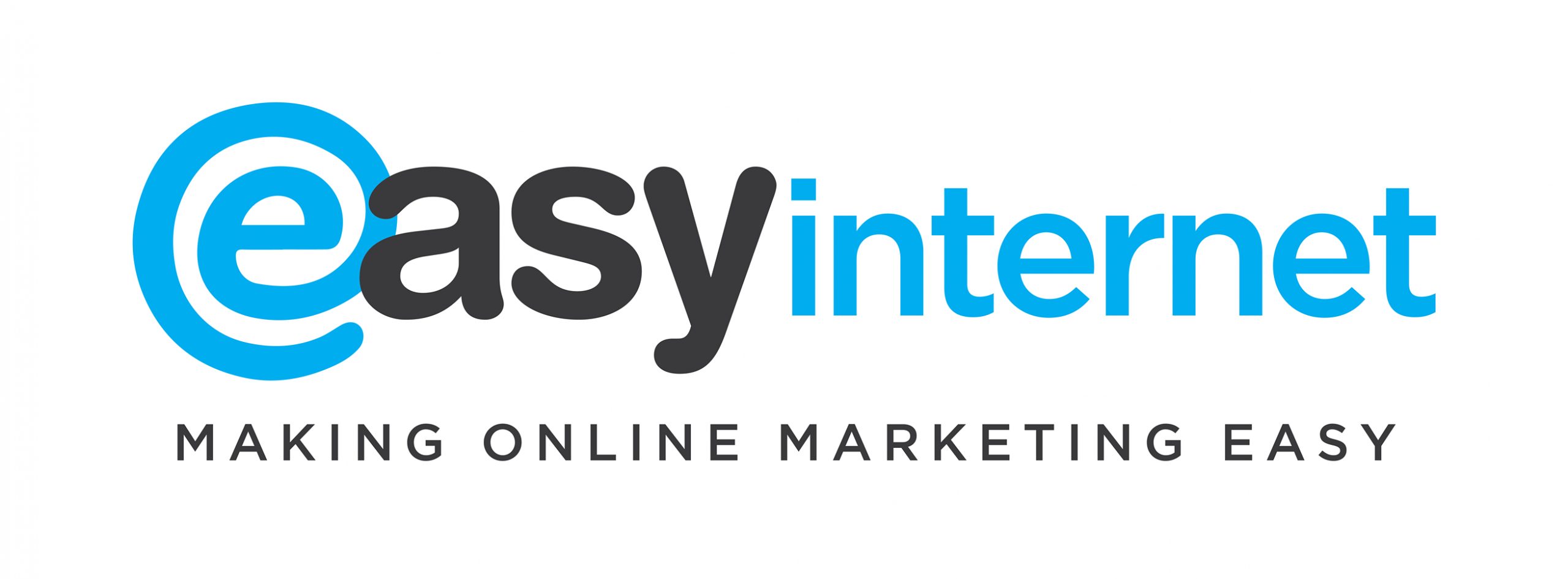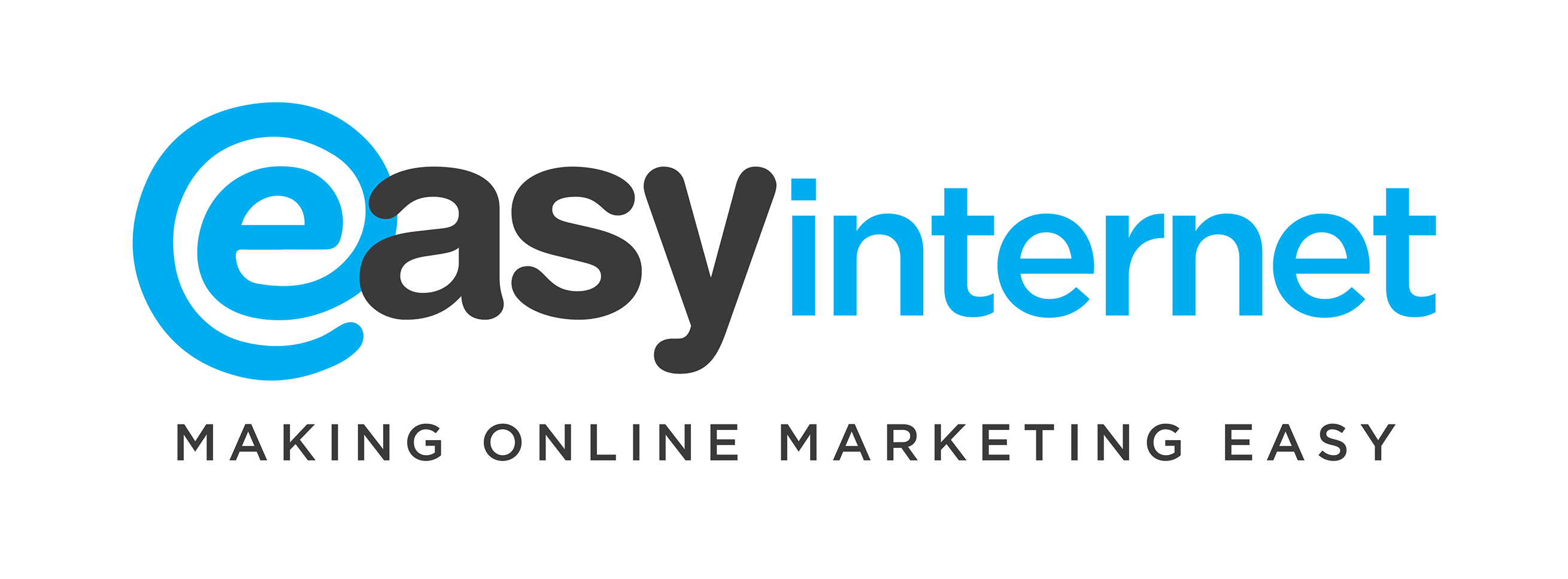Even if you’ve only just started building your online presence, you’ve probably heard of the term SEO. It gets bandied about on every web design and web development blog and information site. However, most of these sites assume that you’re already familiar with how search engines and website indexing works. This means their articles and advice are often written in a way that excludes newcomers from the conversation. Without the proper context, it can be difficult even figuring out what SEO is.
So, let’s start with the basics…
What does SEO stand for?
That’s easy. SEO stands for Search Engine Optimisation.
What is Search Engine Optimisation?
SEO is the act of making your website more visible (and, therefore, more appealing) to search engines. If you run a business or organisation, you want as many people as possible to find you when searching for terms relating to your company. Search engine optimisation is the methodology by which you can do this.
What are search engines looking for?
The goal for any search engine is to provide a good user experience for their customers. When someone runs a query, the search engine pulls up those websites that are most likely to match what their user is looking for. To rank highly in the search engine results pages (SERPs) you need to convince the likes of Google, Bing, and Yahoo! that your website is of value to their customers.
How can I optimise my website?
Search Engine Optimisation is a complicated process, with hundred of little tasks that need to be performed both on the site and behind the scenes. However, there are a few basic techniques you can try to get the ball rolling:
Keywords
This is what most people think SEO consists of – a series of words that are semantically related to what your customer is searching for. If you run a garage, for instance, your site needs to include words like garage, mechanic, car repairs, MOT, and so on. Choosing the right words requires experience and the right analytical tools.
Title tags & meta descriptions
This is the text and clickable link that appears in search engine results. You need a good, relevant title tag and meta description for each page, including your chosen keywords (in a natural way). Title tags and meta descriptions should be informative and enticing to encourage search engine visitors to click through to your website.
Header Tags
Header tags are the visible headings shown on the website pages. Header tags are numbered from H1 – H6. Each page should have one H1 tag, this tag should include the most important keywords and explain the purpose of the page. The remaining header tags should be used for the main content body, with the higher tags being used to highlight more important sections.
Content
This is the meat of your website – the actual written content that customers will see. It serves a dual-purpose in terms of SEO. It is somewhere to seed your keywords naturally, but also a way to demonstrate authority. Google and other search engines favour websites that contain unique, well-written, and relevant content. Scoring highly on all three counts is a great way to improve your ranking.
Of course, this is just the tip of the iceberg – there’s a whole lot more you need to consider if you want a fully-optimised website that works for you. If you’re looking for assistance with your site’s SEO, get in touch with the professionals today. Easy Internet offers a range of SEO packages starting from as little as £99.99 per month. Contact us for more information or to request a free, no-obligation quote.




